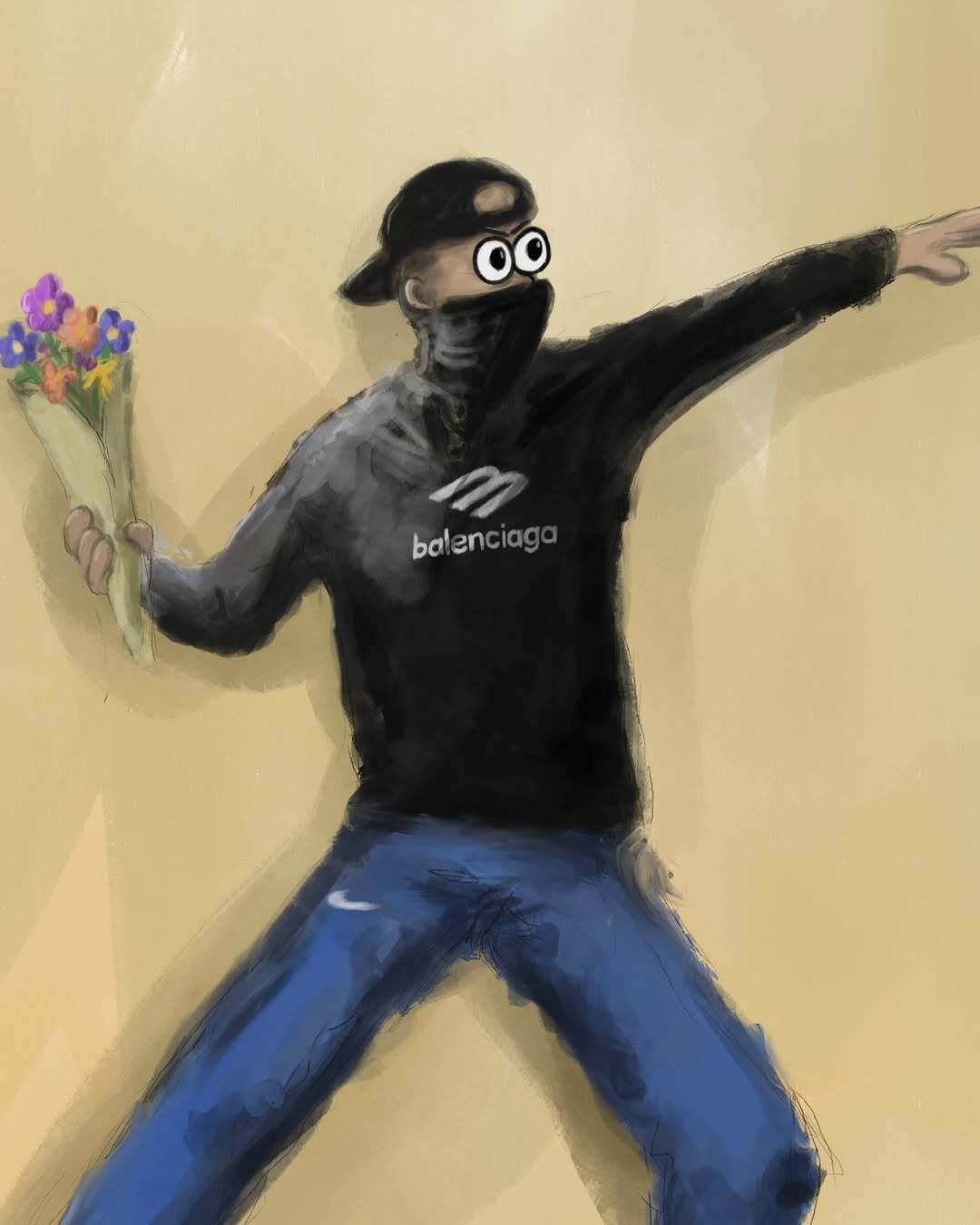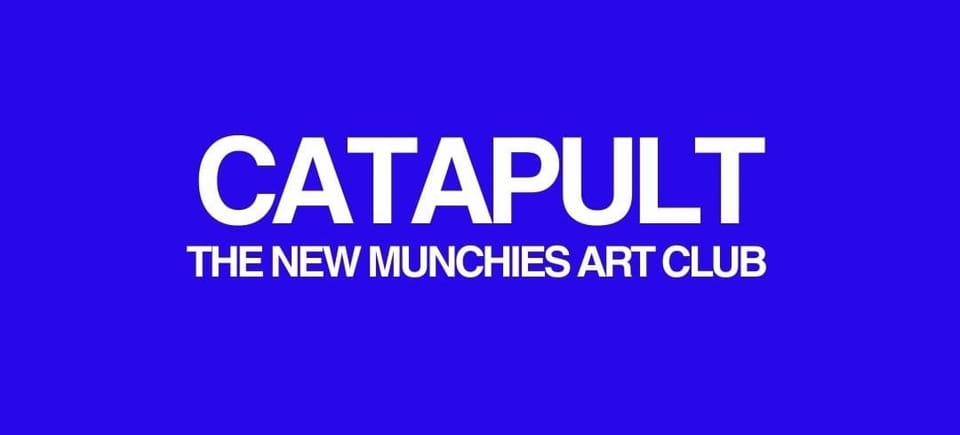Pioneer of Post-War British Abstraction, Basil Beattie, exhibits at DOD gallery
Basil Beattie RA, abstract painter (b. 1935). DOD gallery presents upcoming Cologne exhibition. Experience emotive forms and elusive spaces in his art at DC Open Cologne this August
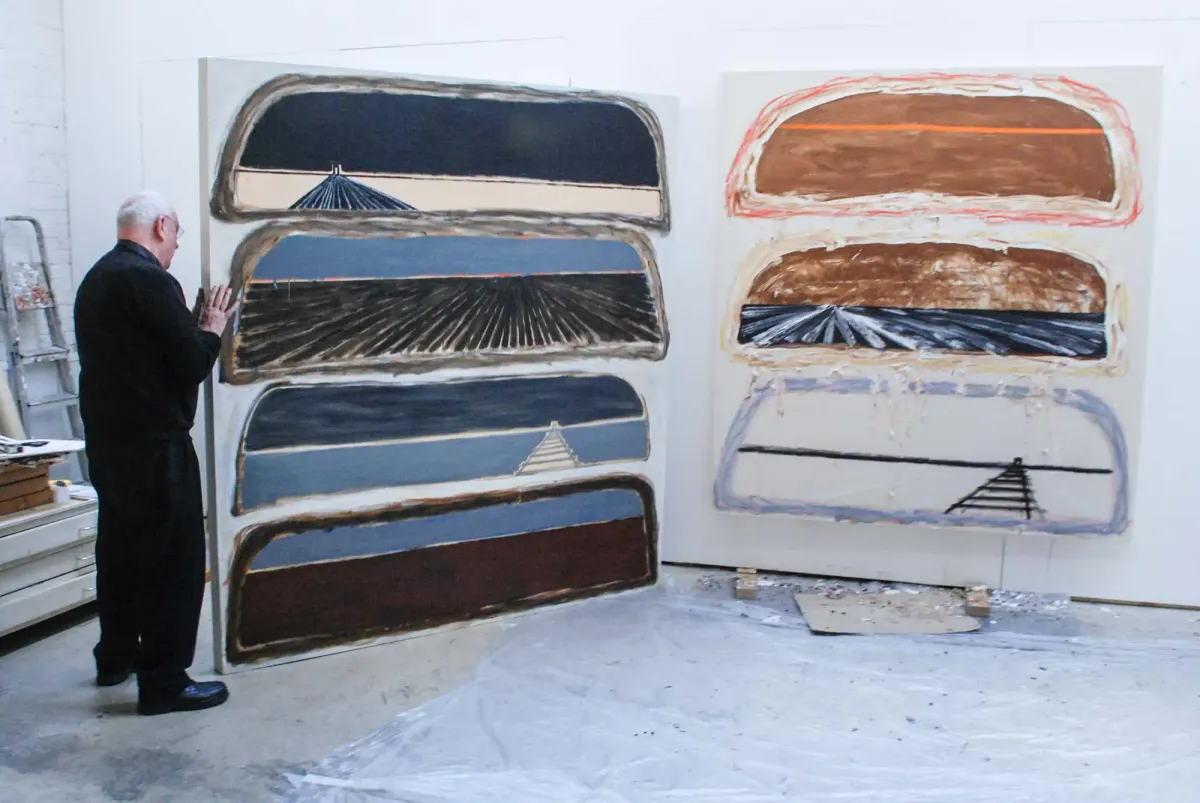
Basil Beattie’s psychological landscapes and symbolic abstractions on display in Cologne at DOD gallery this August
DOD gallery, a young gallery for Contemporary Art in Cologne, will open a solo show with the British abstract painter Basil Beattie on the occasion of Düsseldorf Cologne Open Galleries (DC Open) Friday, August 30th 2024.
Our article on Basil Beattie is accompanied by a text written by Lars Fleischmann.
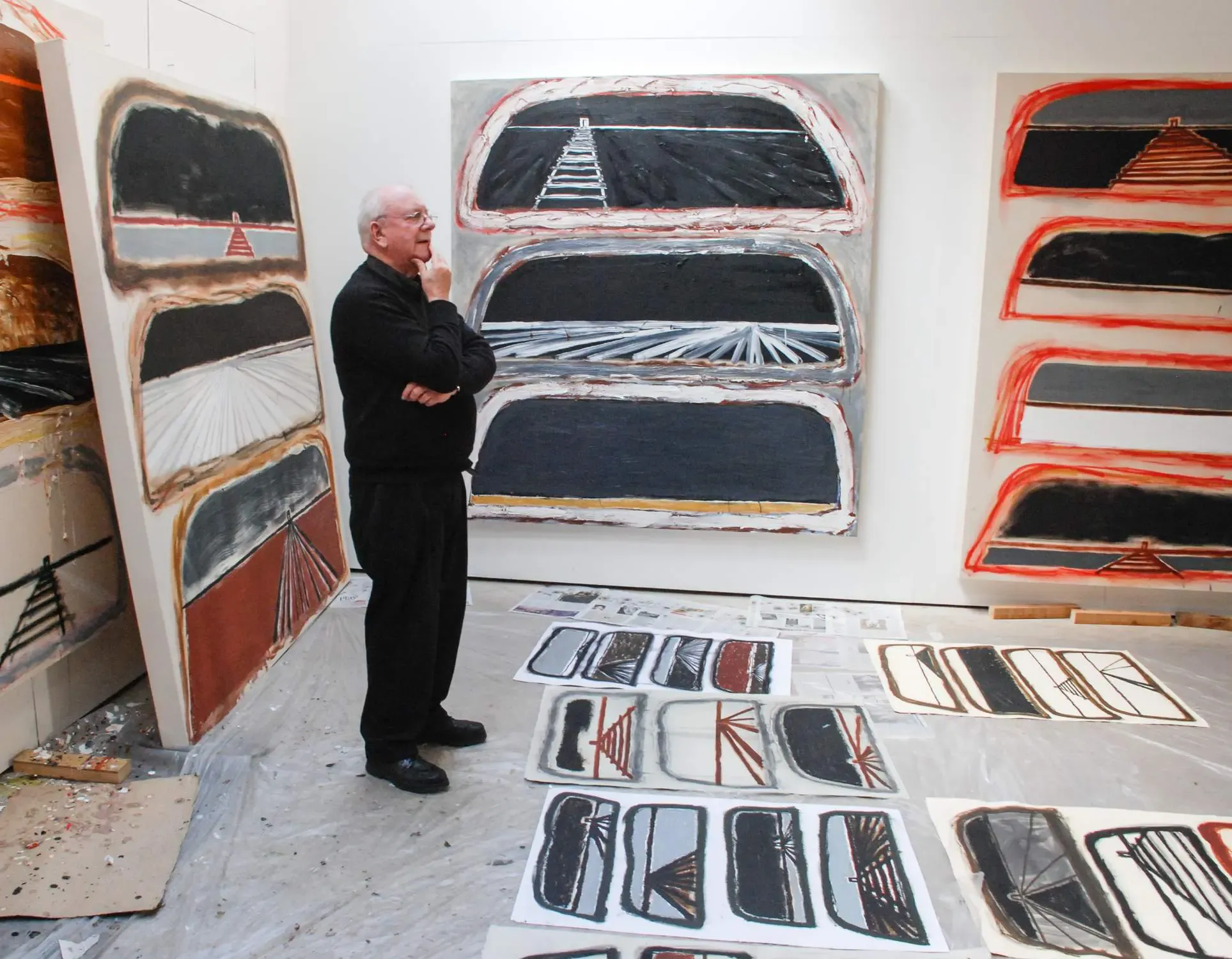
Basil Beattie is a renowned British abstract artist whose work explores the intersection of emotion, form, and perception.
A graduate of the Royal Academy schools and elected Member of the Royal Academy of Arts, Beattie's art is characterized by its emotive gestures and abstract landscapes.
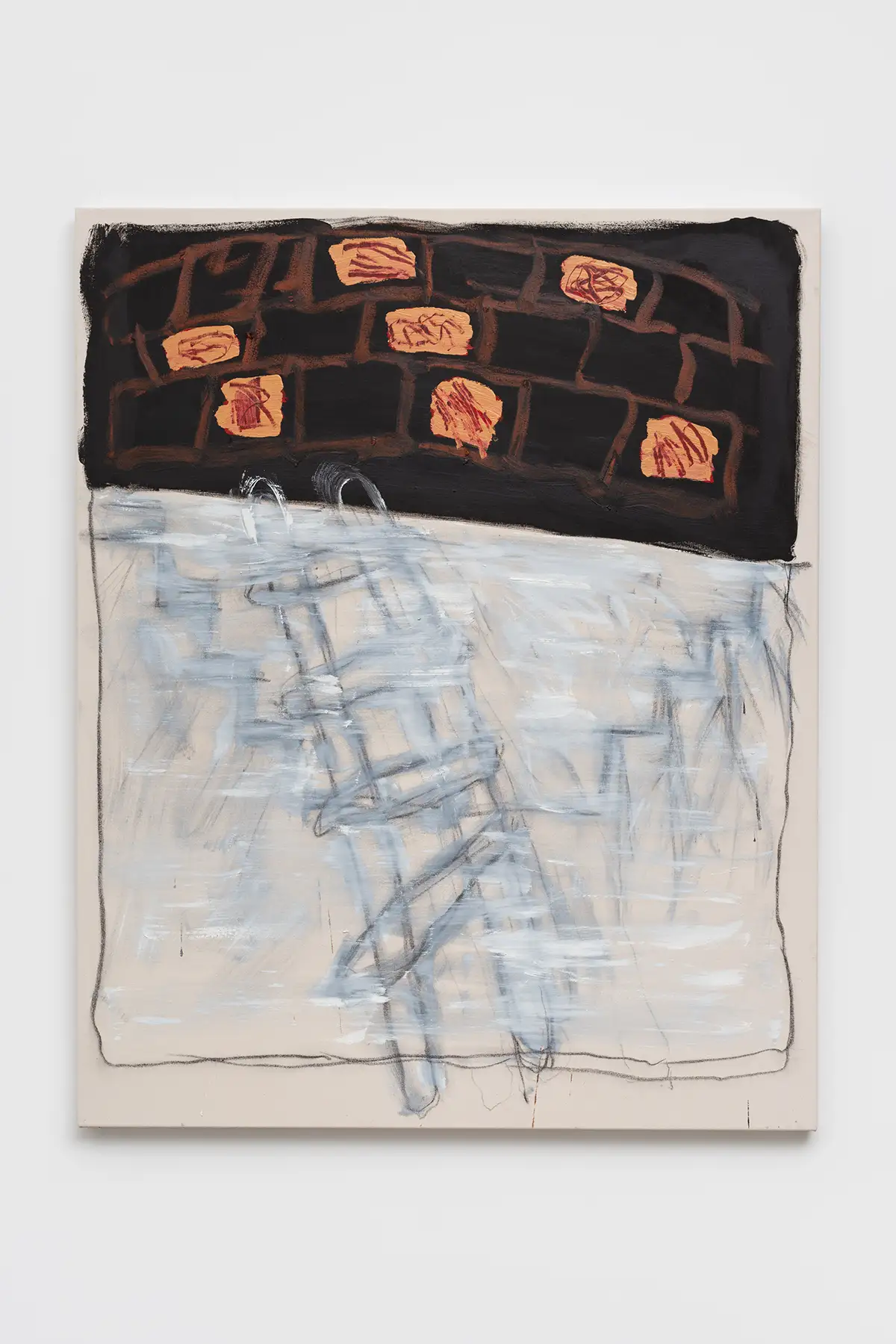
His pieces evoke a sense of displacement, featuring ambiguous spaces populated by disconnected forms that hint at familiar structures while remaining elusive.
Basil Beattie - Here and Now at DOD gallery (Text: Lars Fleischmann)
Windows, glimpses into railway tunnels, rearview mirrors—the abstract paintings of Basil Beattie, born in 1935 in West Hartlepool on the English east coast, invite free association.
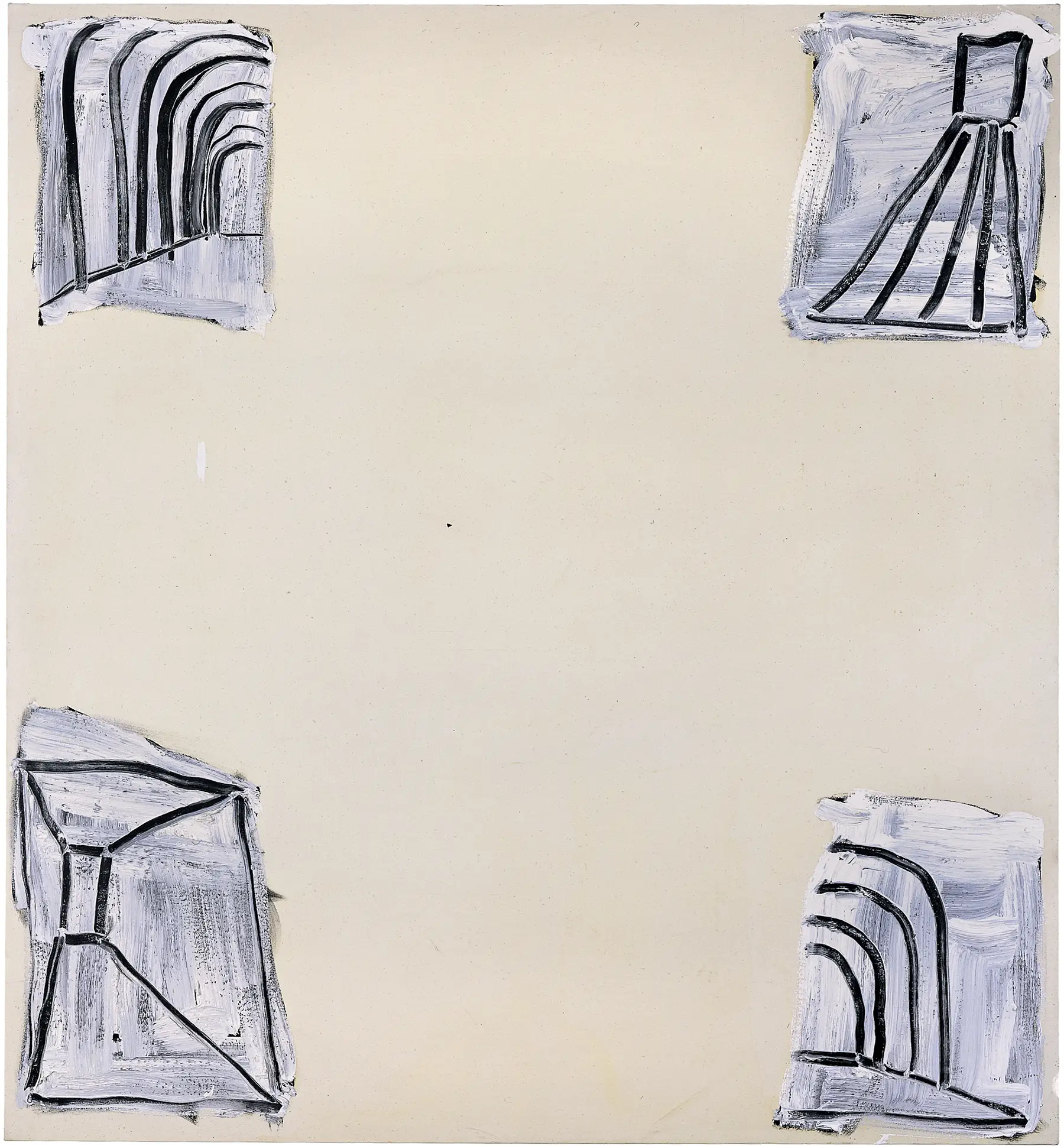
It is easy to imagine stories emerging from the fragmentarily presented symbols and shapes: a view from the rear window of a moving car; children following long-abandoned railway tracks; an escape from a cave and the disappointment over a broken rope ladder.
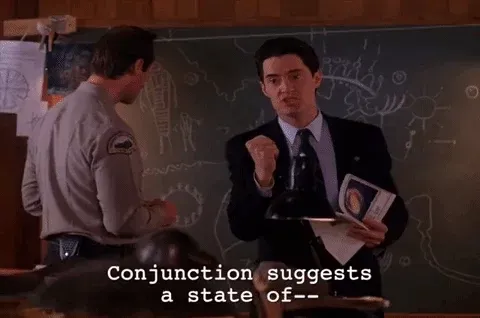
Work with us - Submit now
Many of these stories are characterized by simultaneity: past and present collide, while an uncertain future is foreshadowed.
Entire worlds emerge from the paintings, almost like posters, flat and seemingly incidental: sometimes a road, a horizon, sometimes an entire landscape.
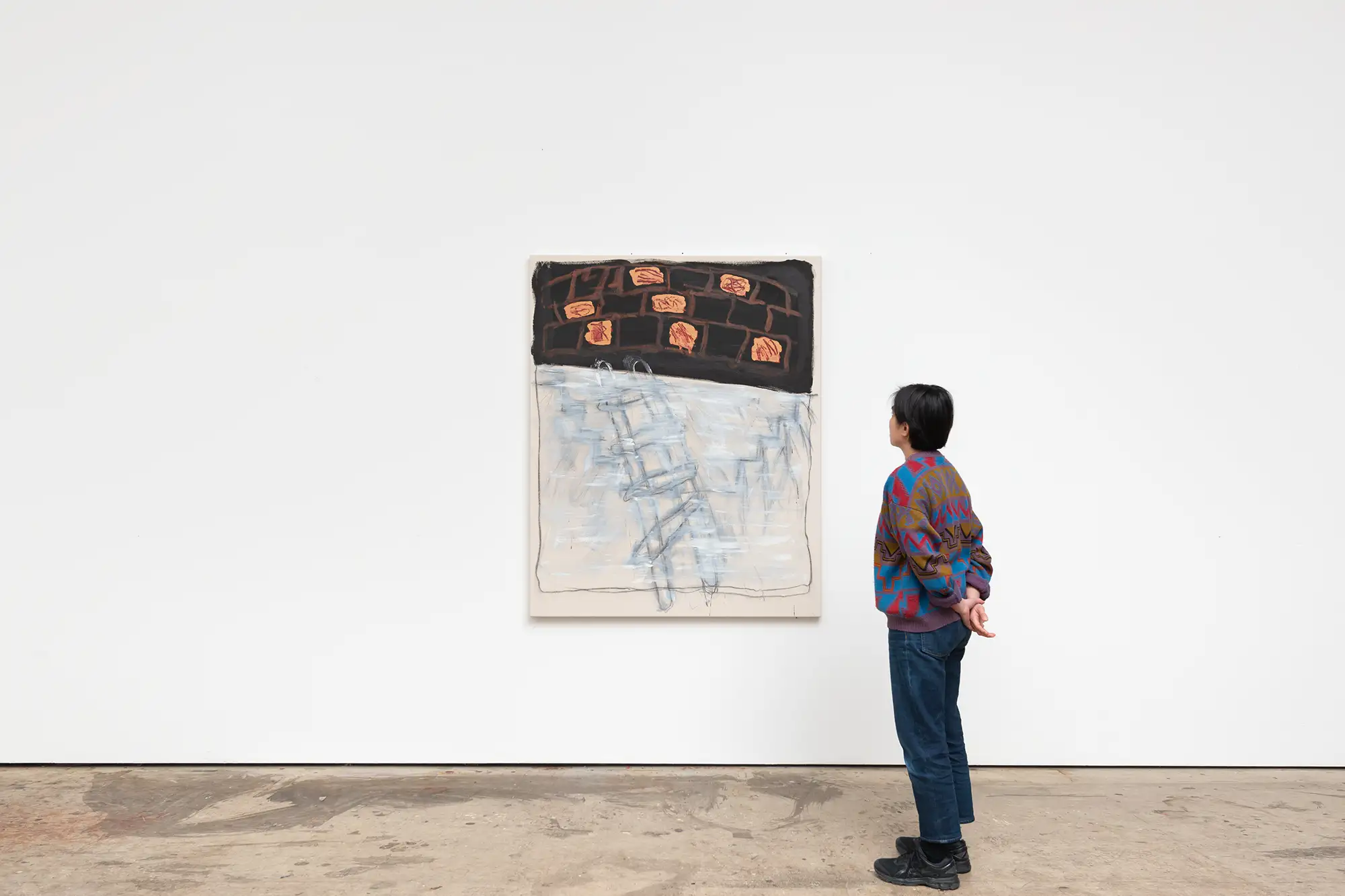
The characteristically muted color palette is only occasionally contrasted by a shimmering orange ochre or a vibrating Prussian blue.
In these moments, one might perceive water or, in the rusty red, a desolate wasteland. Everything is as familiar as it is strange.
The known and the unknown—a recurring dialectical figure in Basil Beattie's work. Since the 1980s, Beattie has been exploring the turning points from figurative subject matter to pure abstraction.
Until then, he had been a follower of Abstract Expressionism, which was popular in Britain.
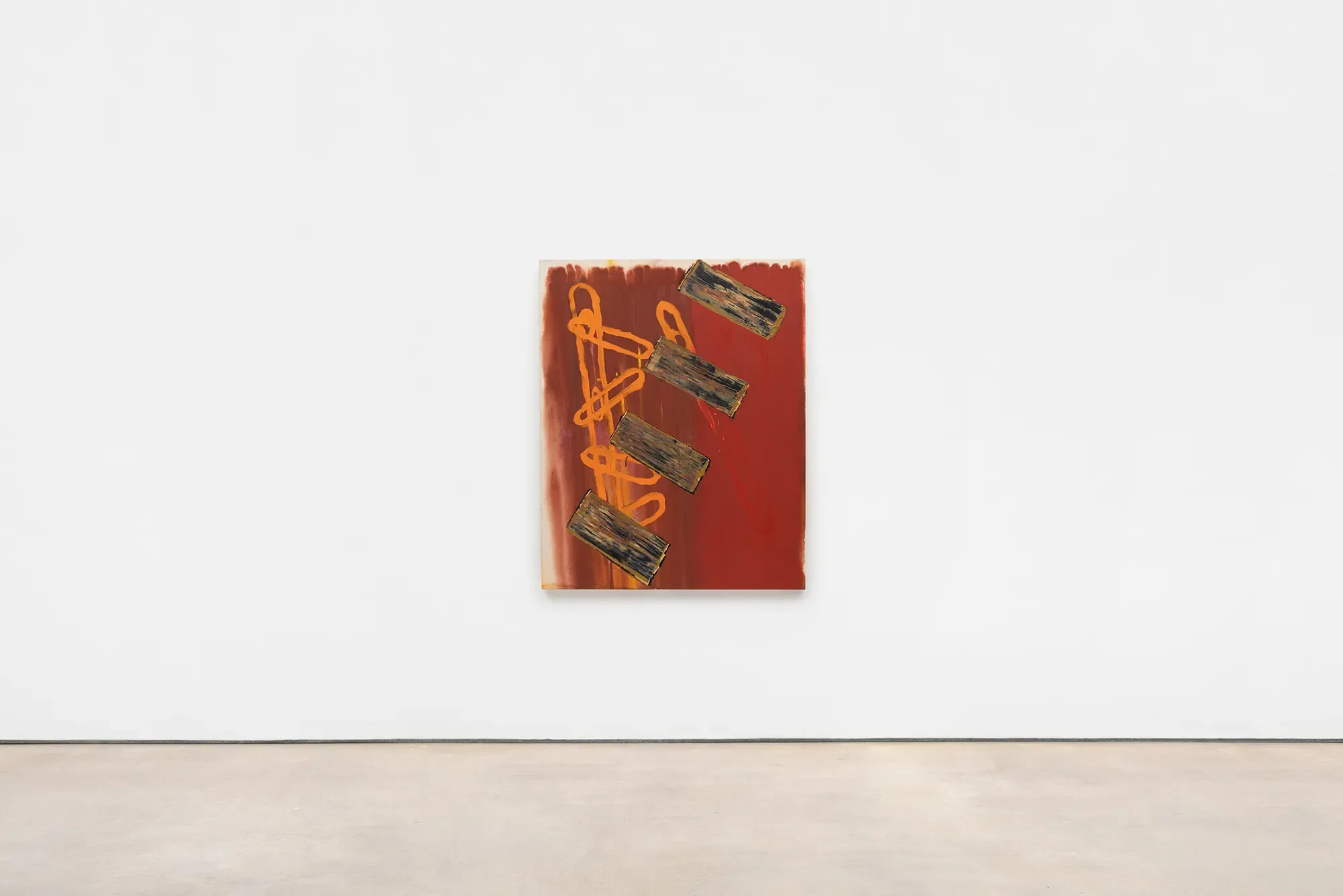
Parallel to and in response to the Pop artists of the Independent Group and similar associations, agile abstraction had become the ultimate goal.
"Here in Britain, we were always undecided between the French-continental school [Informel] and that group of American artists around Rothko and De Kooning," Beattie recalls today.
During this period, Beattie's painting was even more deeply influenced by gesture than it is today: "The inner life of the artist is encrypted in the movement and substance of the paint."
In the early 1980s, he suddenly departed from these abstract-expressionist motifs and introduced a myriad of symbols into his visual world: hieroglyphs, geometric bodies, signs, and soon tunnels, roads, arches, windows, stairs, and ladders.
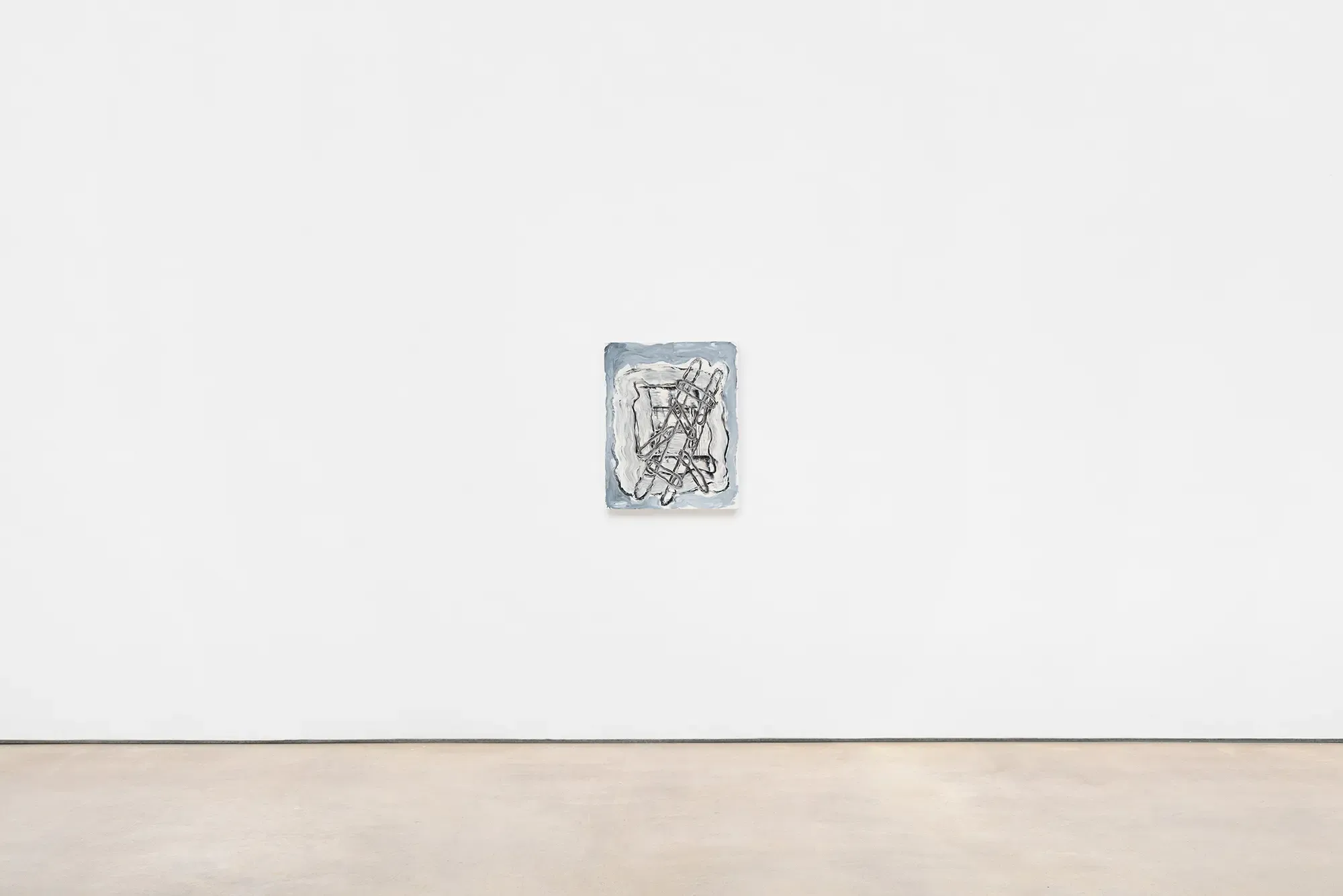
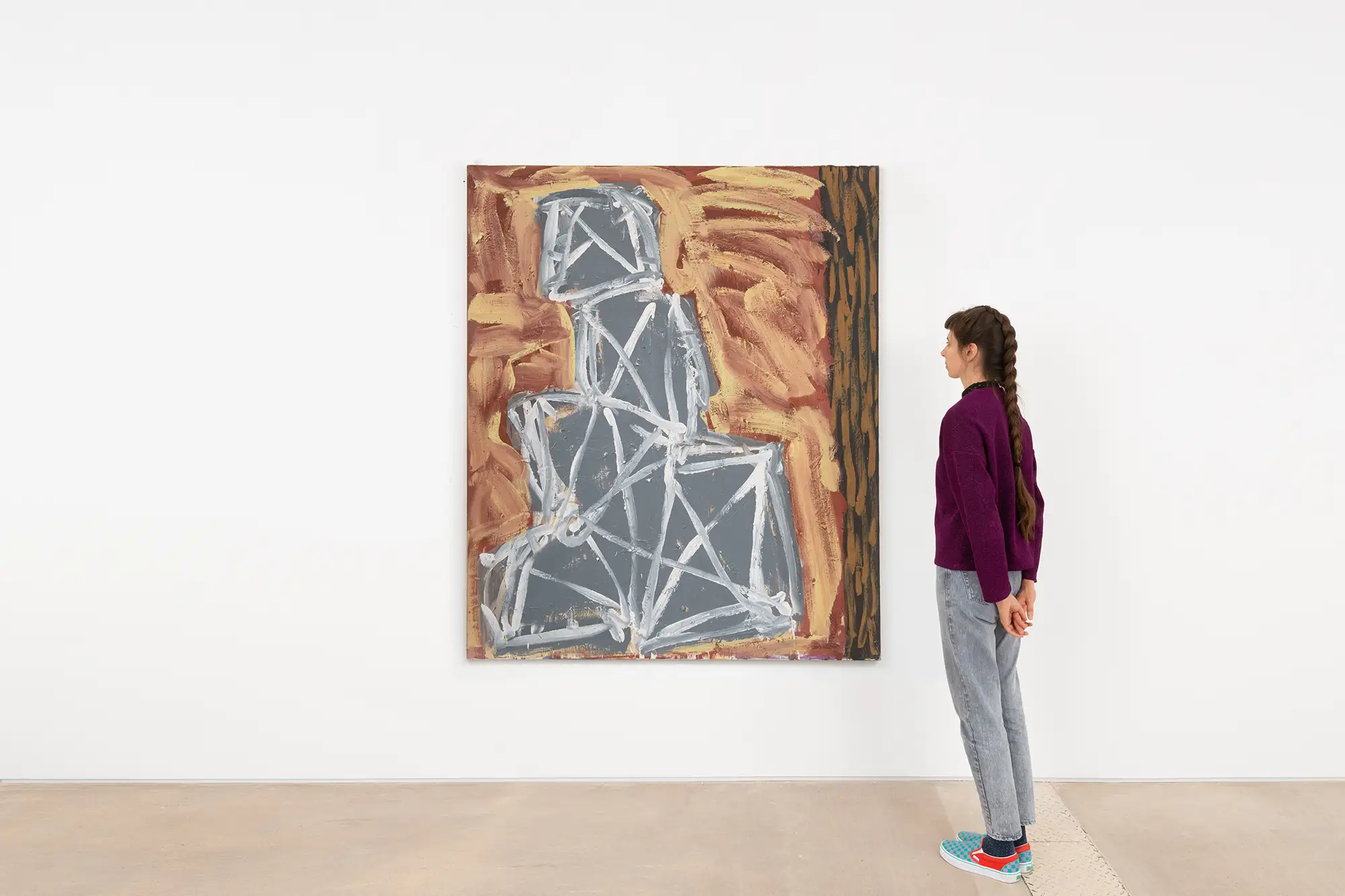
Yet, these symbols always remain unresolved, or rather, they remain just that: a symbol that can be interpreted but never becomes the object or the descriptive element itself.
By the late 1980s, he was juggling with the pictorial content, allowing them to overlap and roll into each other; later, there were consistent reductions, restricting to a small canon of forms.
The color palette became earthier, more subdued, concentrated, and muted, but never cold.
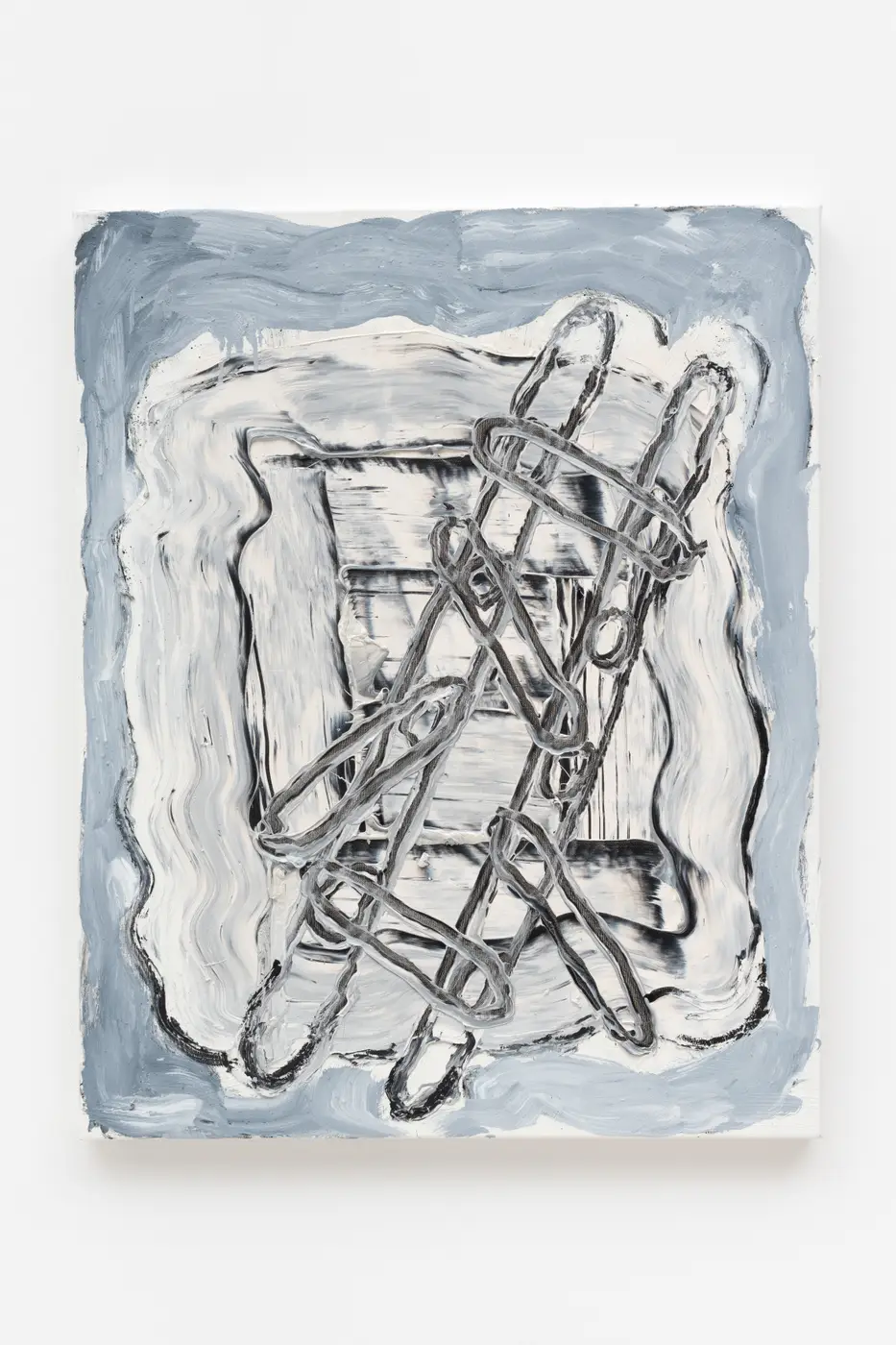
His series of works since the 1990s are dominated by energetically applied geometric forms that constantly fluctuate between different states: like puzzle images, they are a staircase here, a color field there, today a symbol and tomorrow the concrete form of an object captured on canvas.
It is a matter of perception and the will to recognize. What the symbols in the paintings and works on paper represent, everyone must decide for themselves, Beattie says.
Ladders, archways, tunnels stand as representatives for their real-world signifiers, yet at the same time, they transcend them, becoming places of transition, transit zones between levels of consciousness.
Yes, Beattie's father was a signalman in northern England, but biographical readings never take center stage in his works. These develop their content in a different way: "When I paint and stand before the pictures, they always want to grow upwards.
That's how the ladders or stairs in my paintings come about," says Beattie. Each painting takes on a life of its own, dictating where it wants to develop.
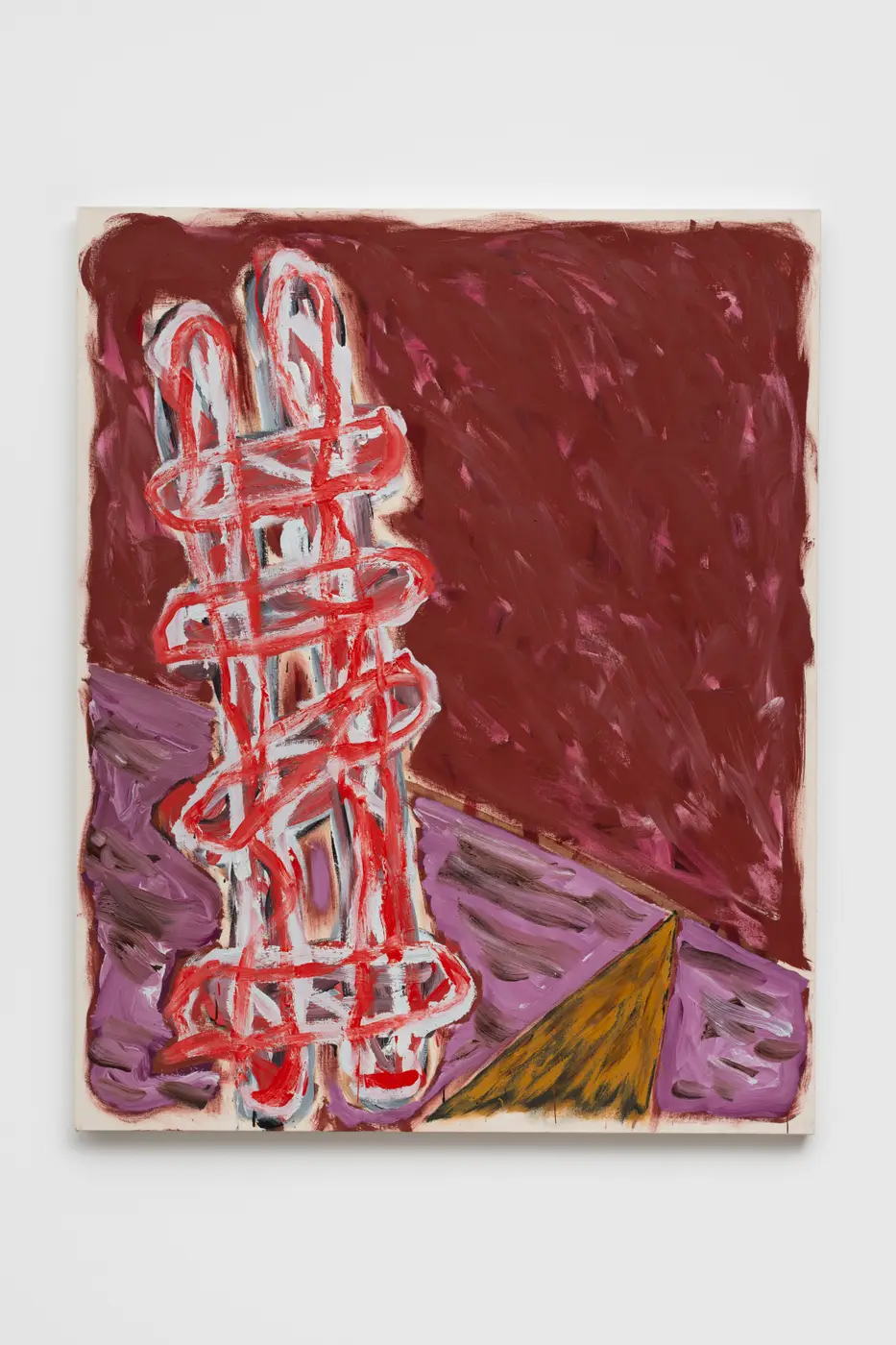
This ascent, this movement beyond the frame, is not a secure path, but rather entails danger: the large-format oil painting "Trapped in Flatness" develops an internal psychology in which uncertainty and peril are already embedded in the title. Trapped in flatness - a fate that the painting attempts to resist.
From the four corners, pictorial vignettes grow: a tunnel, a room, a walkway, a second tunnel.
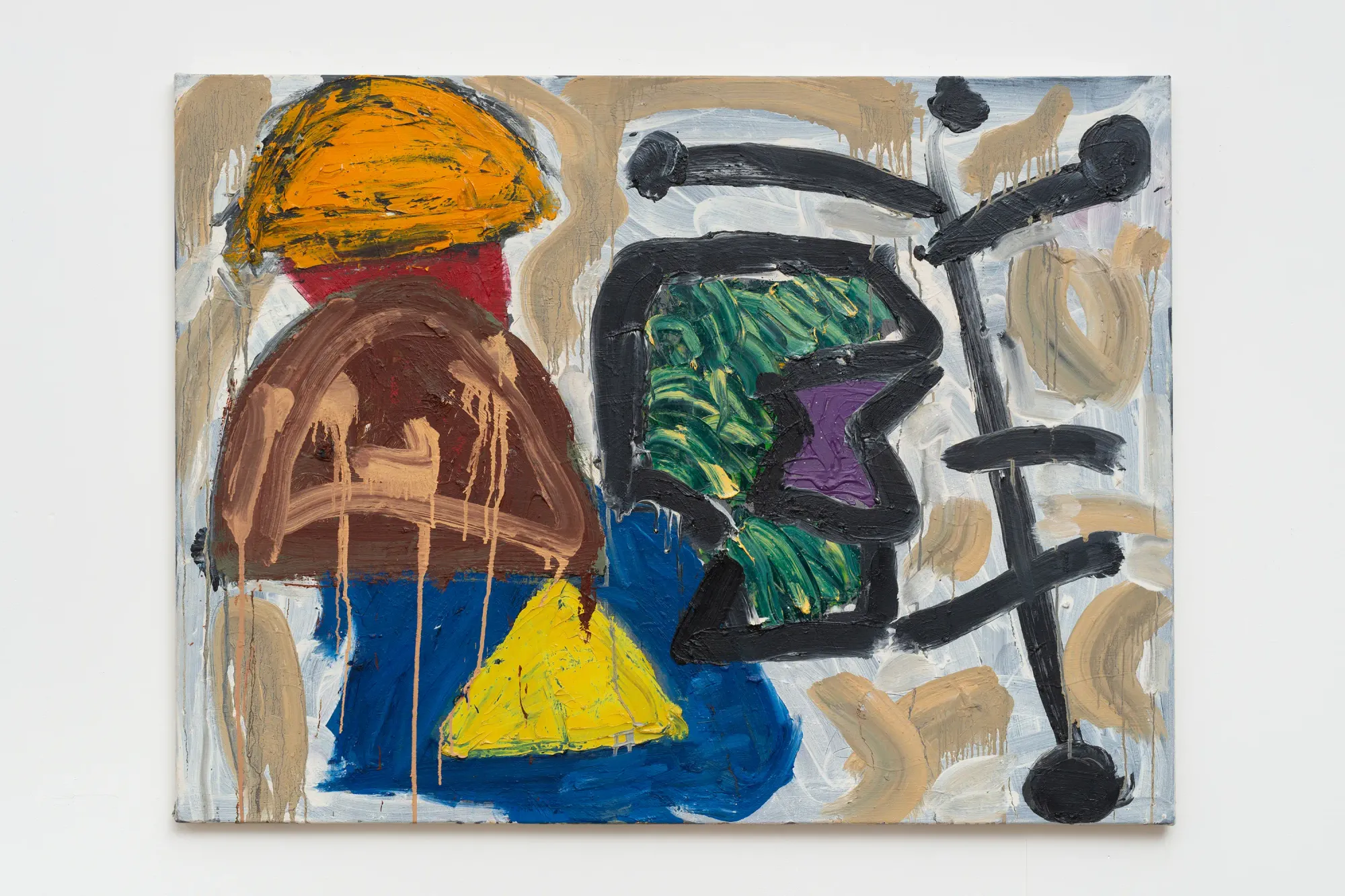
These are simple forms, reductions akin to pictograms, yet they remain trapped in the flatness of two-dimensionality. In this sense, any attempt to assert something beyond the flatness of painting becomes a futile maneuver.
While Basil Beattie has received little recognition in Germany to date, as a member (since 2010 as a Senior Member) of the Royal Academy, he is one of the most significant living artists in Britain.
Numerous solo and group exhibitions underline this status, and he is also represented in the Tate collection.
Beattie's importance as a tutor and teacher can be easily illustrated by an anecdote recounted by Young British Artist Damien Hirst in an interview for Goldsmiths College: "[I]n my first year I saw [tutor] Basil Beattie.
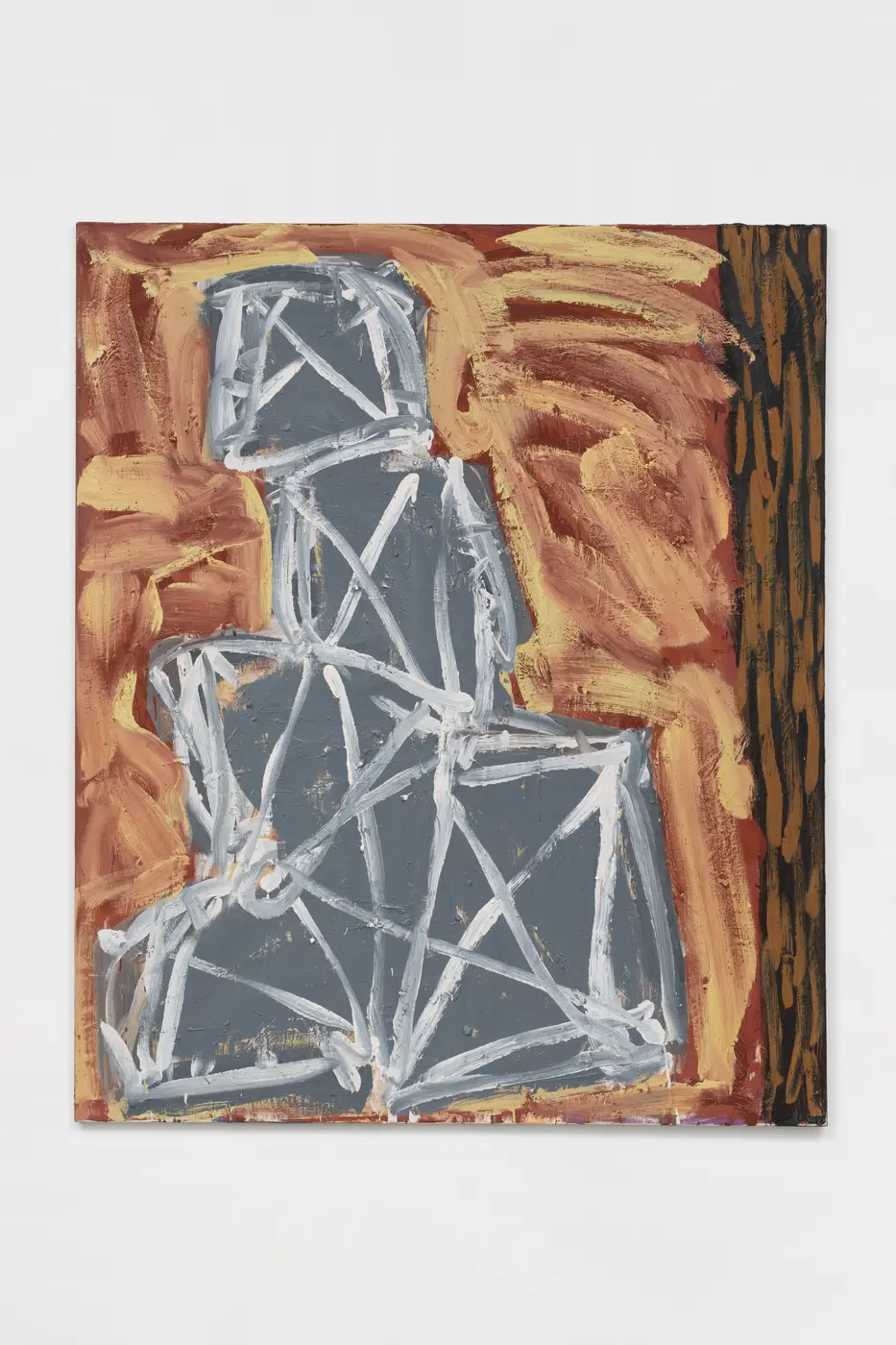
I was doing these collages and he said I shouldn’t really be here if that’s what I was doing. [...] so I ended up breaking them all up [...]. I think my ‘spot’ paintings came out of that."
During this phase, Beattie himself reflected a lot on his own work and benefited from the adventurous spirit of the art students at Goldsmiths.
DC OPEN - Basil Beattie
DOD gallery is showcasing several paintings from the 80s and 90s that have never been shown in Germany before.
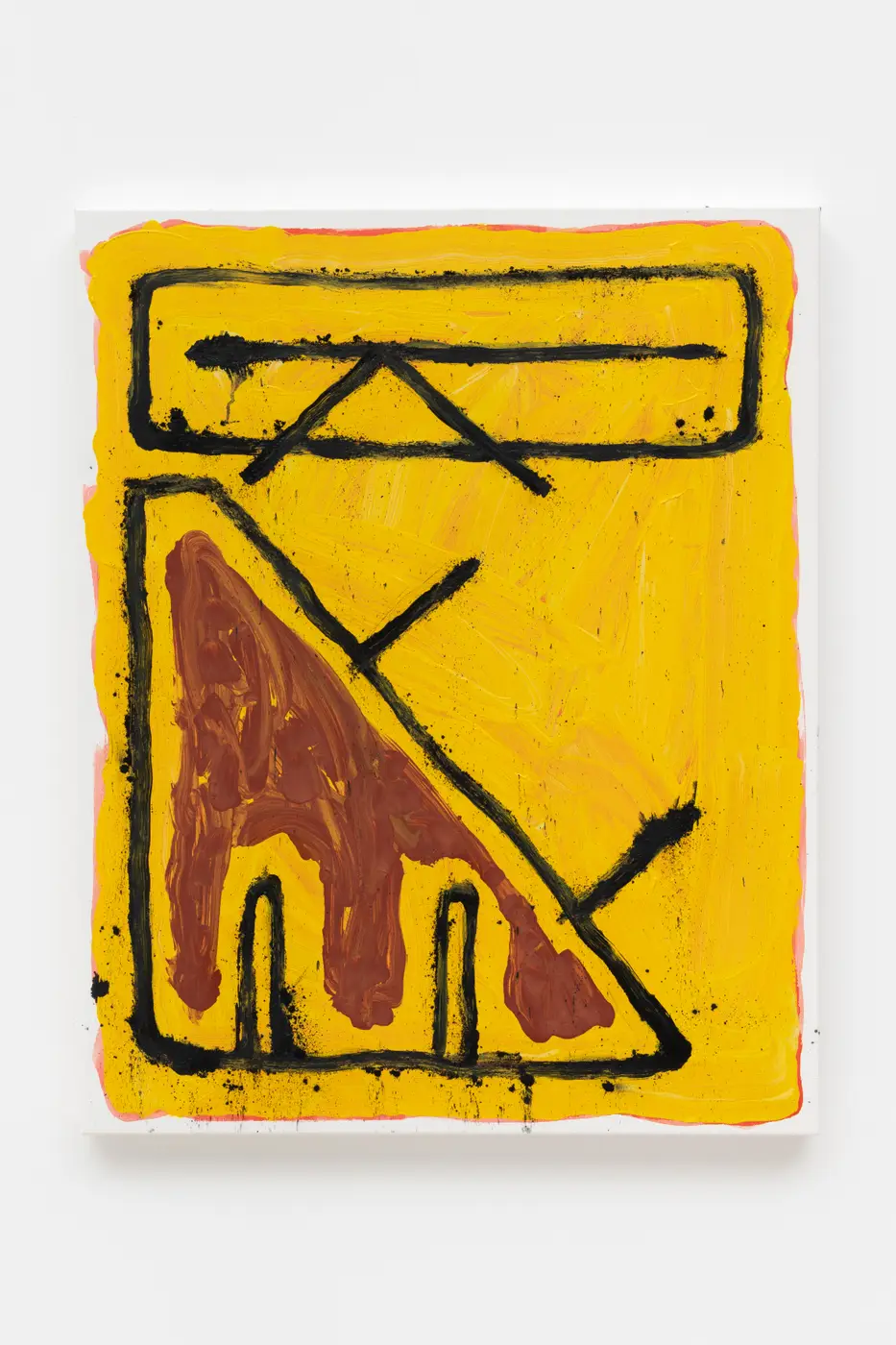
Additionally, DOD gallery is particularly proud to present a unique selection of other paintings and drawings from the last 20 years.
A highlight of British painting is being shown in a solo show in Cologne for the first time
Follow Basil Beattie on Instagram
Follow DOD gallery on Instagram
Lars Fleischmann on Instagram


